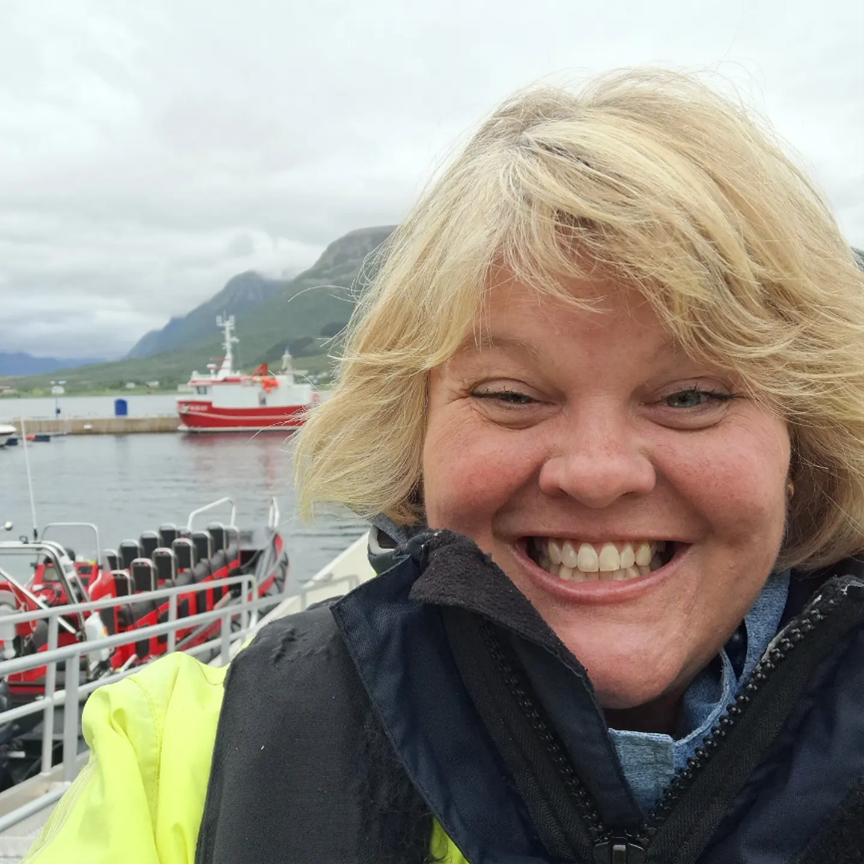The Arctic is changing more rapidly than anywhere else on earth due to climate change, and this is profoundly impacting the people that live in and depend on the ecosystems in these cold regions.
In a new episode of the Engineering With Nature podcast series, host Sarah Thorne and cohost Jeff King, national lead of the Engineering With Nature (EWN) Program, US Army Corps of Engineers (USACE), talk with Laura Wendling, senior research scientist at SINTEF in Trondheim about how innovative nature-based solutions (NBS) are being used in cold regions to support high-level policy goals.

Wendling discusses some of the policies, challenges, and opportunities in Europe to advance nature-based solutions in cold regions, noting strong support for nature-based solutions within the EU Green Deal and elsewhere in the European climate and environment policy portfolio.
One of the challenges she notes is valuing NBS and making trade-offs, which are particularly evident in the Arctic.
"Where we see the sea ice dissolving and opening up new transport routes and revealing previously unknown mineral resources, there are all sorts of development possibilities. How do we ensure that the Arctic is developing in a way that’s consistent with the needs and desires of the local populations?"
Tune in to Engineering With Nature Season 7 Episode 13 to learn more about application of NBS in cold regions.


